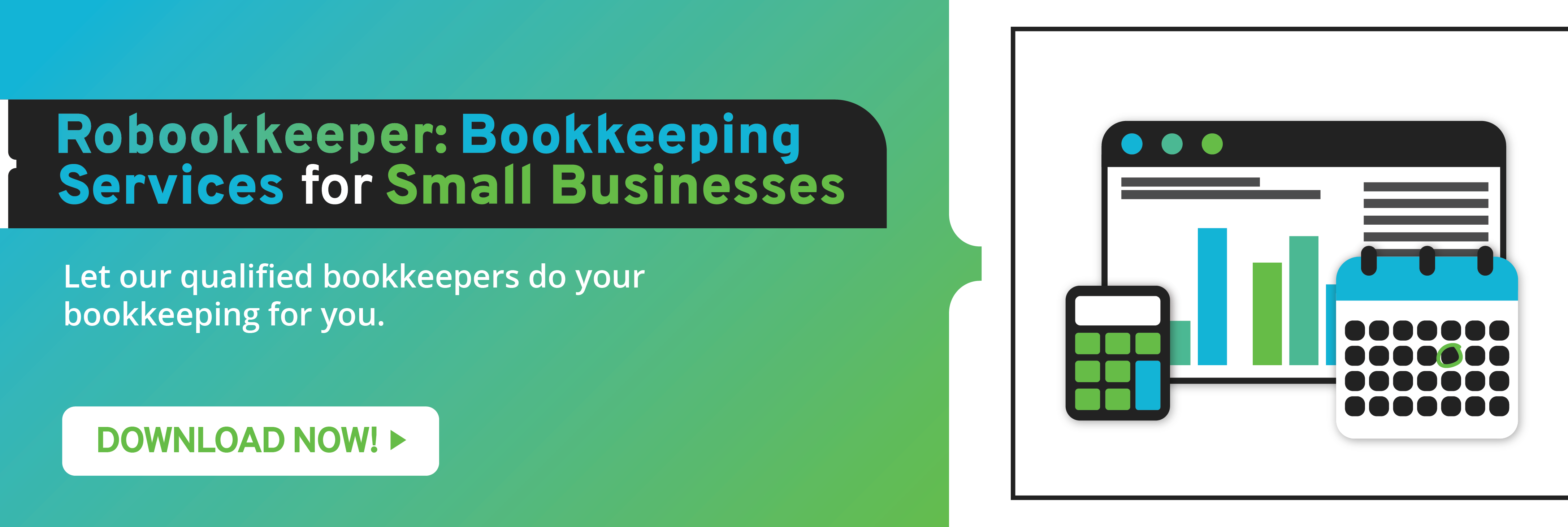Your small business needs a good cash flow to sustain operations, use resources effectively, and reach your profit goals. Your operations must be a well-oiled machine. A delay or inefficiency in one aspect may have a negative effect on your growing company. Your company’s invoicing process is an important part of operations. Mistakes or delays in invoicing and small business bookkeeping practices may cause cash flow problems.
Here are ways you can improve your business’ invoicing process.
Establish a Schedule
Some small business owners and their staff often lack a set schedule to do certain things. They may want to maintain flexibility based on the needs of their company and customers. However, if they don’t send an invoice a customer may forget to pay. This has a negative effect on their business’ cash flow and constrains their growth.
As an entrepreneur, you need to implement an invoicing schedule to improve your small business bookkeeping. Choose a time of day, daily, weekly or twice a month where you send invoices to customers. You can also send them out as soon as a customer completes a purchase. An organized schedule and system makes monitoring easier.
Create Invoices Frequently
Your small business relies on constant cash flow to thrive. The less frequent you send out invoices, the less often you receive payment. Delays or an inconsistent invoicing schedule creates cash flow problems that may lead to a bigger business crisis. To avoid these send invoices out frequently. This is connected to creating an invoicing schedule. Have a specific schedule to send an invoice to a customer. This informs them of their due dates. Once they pay, cash flows back into your business’ operations.
Use a Template
Time is of the essence for entrepreneurs; wasted time leads to lost opportunities. Reduce time spent on writing new invoices every time by using a template. Improve invoicing process by creating templates that already have filled in details based on the customer who receives them. Integrate a formula into the template that does automatic computations once you input the numbers. Organize the templates by creating separate folders for each different set of customers you send them to.
Monitor Your Invoices
As your small business grows, your invoices will increase in number. Monitoring transactions allows you to identify where your money goes. You can determine costs that reduce your income and find ways to save more money while boosting profits. Create and implement a system that manages and tracks all invoices. You can go traditional with file cabinets and folders or you can use apps and software that organize invoices for you.
More Payment Options
Some customers prefer paying online instead of cash. Provide them with different options such as debit or credit card, PayPal, cash, bank transfers or others. This doesn’t just make payment easier for customers, but also improves your invoicing process. Payment reaches your small business faster which in turn allows cash to flow back into your operations sooner.
Contact Customers
Regular communication with customers accelerates invoice payment. Call or send an email to customers a day or so before the due date of their invoice. Then follow up a day after the due date as a reminder for payment. It also allows you to determine the financial situation of a customer after their response to your call or email. They might have financial problems that prevent them from paying you. You can then provide options to make sure they pay.
These practices improve your invoicing and small business bookkeeping process. A simpler and duplicable process makes it easier for your employees to implement them. It eliminates mistakes and keeps work efficient. If you need assistance with bookkeeping, we at Robookkeeper can provide you with good value outsourced accounting services.



